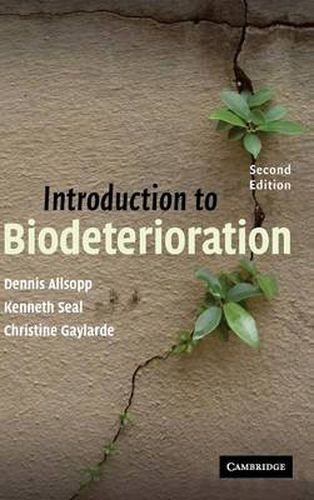Readings Newsletter
Become a Readings Member to make your shopping experience even easier.
Sign in or sign up for free!
You’re not far away from qualifying for FREE standard shipping within Australia
You’ve qualified for FREE standard shipping within Australia
The cart is loading…






This book provides an introduction to biodeterioration - the attack on man-made materials by living organisms. The authors outline the principles involved, as well as the ways in which such damage can be controlled and prevented. A wide range of organisms are covered (including bacteria, fungi, algae, lichens, insects and other invertebrates, birds, mammals and plants) and the types of biodeterioration discussed include: - natural materials such as foodstuffs, wood, metal, stone, cellulose and leather - synthetic products such as paint, adhesives and plastics - structures and systems such as buildings, monuments, transport systems and vehicles. In this updated and expanded second edition, new molecular and genetic techniques are included, and regulatory, environmental and safety issues are emphasised. This book is suitable not only for biologists, but also for those in industry, commerce and local government who are concerned with the preservation and conservation of a wide range of materials of economic or cultural importance.
$9.00 standard shipping within Australia
FREE standard shipping within Australia for orders over $100.00
Express & International shipping calculated at checkout
This book provides an introduction to biodeterioration - the attack on man-made materials by living organisms. The authors outline the principles involved, as well as the ways in which such damage can be controlled and prevented. A wide range of organisms are covered (including bacteria, fungi, algae, lichens, insects and other invertebrates, birds, mammals and plants) and the types of biodeterioration discussed include: - natural materials such as foodstuffs, wood, metal, stone, cellulose and leather - synthetic products such as paint, adhesives and plastics - structures and systems such as buildings, monuments, transport systems and vehicles. In this updated and expanded second edition, new molecular and genetic techniques are included, and regulatory, environmental and safety issues are emphasised. This book is suitable not only for biologists, but also for those in industry, commerce and local government who are concerned with the preservation and conservation of a wide range of materials of economic or cultural importance.